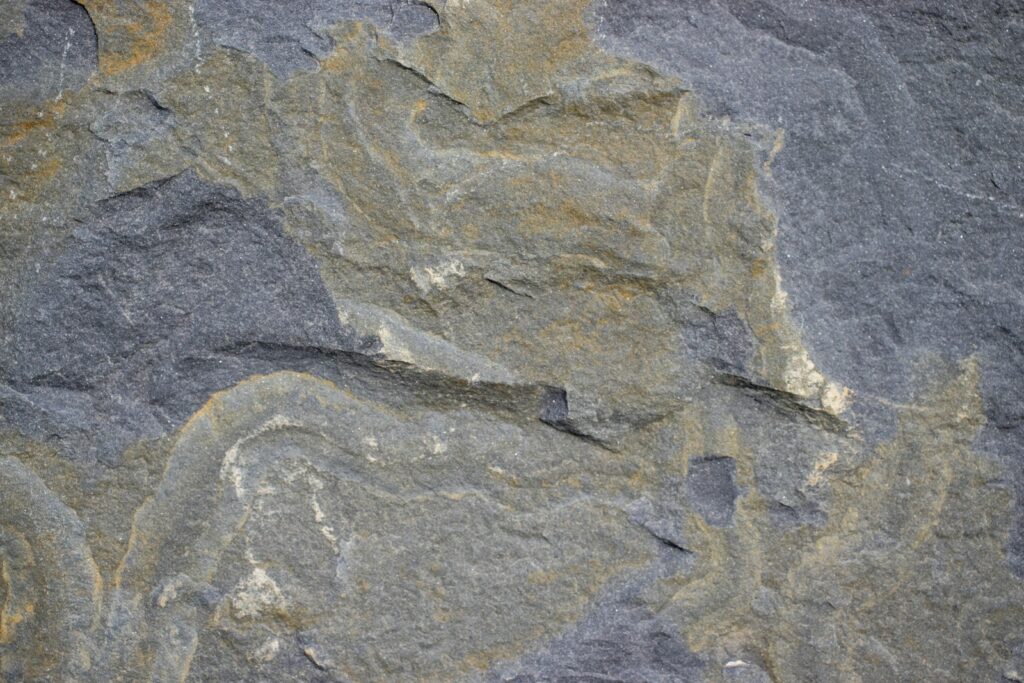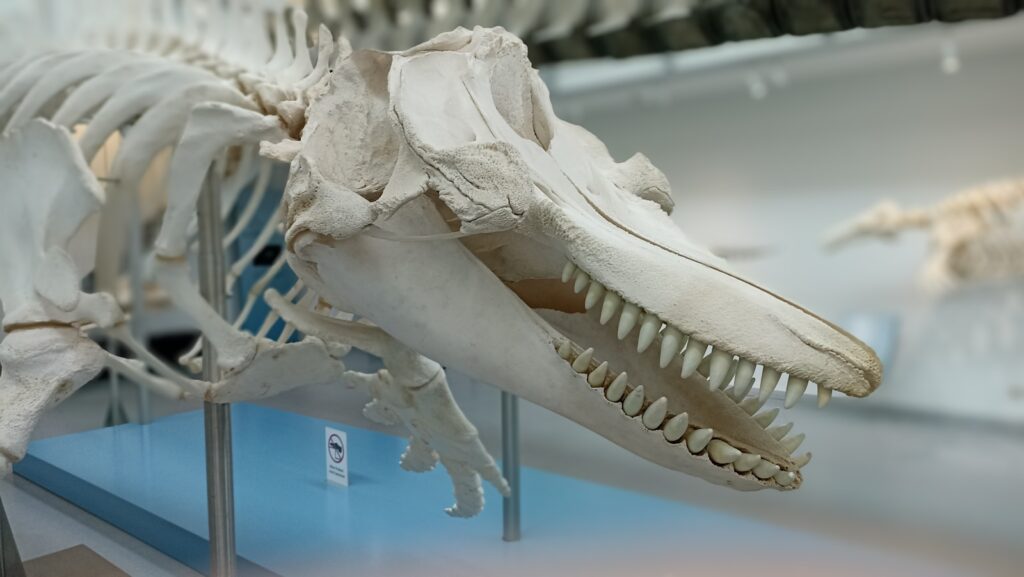Since the dawn of cinema, dinosaurs have captivated our imagination, stomping from prehistoric reality into speculative futures. The marriage between paleontological wonders and science fiction has created a unique subgenre that continues to evolve with each technological advancement. From the stop-motion creatures of The Lost World to the genetically engineered monsters of Jurassic World, dinosaur-inspired science fiction has shaped how we envision possible futures, alternative realities, and the consequences of scientific ambition. This article explores the profound impact dinosaur movies have had on science fiction, influencing everything from visual effects to philosophical themes about humanity’s relationship with nature and technology.
The Birth of Cinematic Dinosaurs: Early Influences

The relationship between dinosaurs and science fiction began in the silent film era with movies like The Lost World (1925), based on Arthur Conan Doyle’s novel. This groundbreaking film, featuring stop-motion animation by Willis O’Brien, established dinosaurs as viable subjects for visual spectacle while introducing the “lost world” trope that would become a science fiction staple. The idea of isolated prehistoric pockets surviving into modern times laid the groundwork for countless science fiction narratives exploring temporal anomalies and evolutionary divergence. These early films blended genuine paleontological knowledge with speculative adventure, creating a formula that would influence science fiction for decades. The technical innovations required to bring dinosaurs to life onscreen also drove forward special effects development that would later benefit pure science fiction productions, establishing a symbiotic relationship between the genres from the beginning.
Ray Harryhausen’s Revolution: Dinosaurs as Science Fiction Icons

Stop-motion animator Ray Harryhausen elevated dinosaurs to new heights of science fiction integration through films like The Beast from 20,000 Fathoms (1953) and One Million Years B.C. (1966). Harryhausen’s meticulous creature work transformed dinosaurs from mere prehistoric animals into science fiction concepts—monsters awakened by atomic testing or creatures inhabiting alternative evolutionary timelines. His innovations in combining live action with animation techniques directly influenced generations of science fiction filmmakers, including George Lucas and Steven Spielberg. The dinosaurian design elements Harryhausen pioneered—particularly the blending of recognizable paleontology with dramatic exaggeration—became blueprint approaches for creating alien creatures in science fiction. His work established that audiences could emotionally connect with prehistoric creatures, leading science fiction to increasingly incorporate monstrous yet sympathetic non-human characters as narrative centerpieces.
Jurassic Park: The Watershed Moment

Steven Spielberg’s “Jurassic Park” (1993) represents the single most influential dinosaur film in science fiction history, revolutionizing both genres simultaneously. By centering its narrative on genetic engineering and chaos theory, the film elevated dinosaurs from monster-movie staples to complex ethical metaphors for technological hubris. The groundbreaking CGI and animatronic effects established new standards for creating realistic non-human characters that would inform science fiction’s visual language for decades. The film’s fusion of cutting-edge science with spectacle reinvigorated science fiction’s relationship with scientific plausibility, inspiring a generation of more technically-grounded speculative narratives. Perhaps most significantly, Jurassic Park popularized the concept of de-extinction as a science fiction premise, spawning countless narratives about reviving extinct species across all media forms. The franchise’s continued success demonstrates how dinosaur narratives can serve as vehicles for exploring humanity’s relationship with technology, corporate ethics, and environmental responsibility—all central science fiction themes.
Temporal Disruption: Dinosaurs and Time Travel

Dinosaurs have become inextricably linked with time travel narratives in science fiction, serving as the ultimate visual confirmation of temporal displacement. Films like The Time Machine (1960) and Land of the Lost (2009) use dinosaur encounters as spectacular payoffs for time travel premises, establishing prehistoric eras as mandatory destinations in fictional chronologies. This connection has reinforced science fiction’s fascination with deep time and humanity’s place within it, themes that appear repeatedly in works like “Primeval” and “Terra Nova.” The visual contrast between human technology and prehistoric biology creates immediate narrative tension that science fiction regularly exploits. The persistent popularity of dinosaur-based time travel narratives demonstrates how effectively these creatures represent science fiction’s core appeal: the visualization of the scientifically plausible but experientially impossible. Time travel stories featuring dinosaurs also frequently explore how knowledge of the past might alter our future, connecting paleontological discovery with speculative forecasting.
Alternative Evolution: Dinosaurs That Never Died

Science fiction has frequently explored the “what if” scenario of dinosaurs surviving the K-T extinction event, creating alternative evolutionary timelines. Films like “Anonymous Rex” and “Dinotopia” present worlds where dinosaurs either evolved alongside mammals or developed advanced civilizations, providing frameworks for exploring themes of species competition and cooperation. These narratives often serve as allegories for contemporary social issues, using dinosaur-human interactions to examine racism, colonialism, and cultural conflict through speculative lenses. The “intelligent dinosaur” trope has become particularly influential in science fiction literature, appearing in works like Harry Harrison’s “West of Eden” trilogy and Robert J. Sawyer’s “Quintaglio Ascension” series. These alternative evolution narratives demonstrate science fiction’s power to use paleontological concepts to question human exceptionalism and explore different forms of intelligence. By presenting dinosaurs as the dominant species that might have been, these stories force a reevaluation of humanity’s place in evolutionary history and our relationships with other species.
The Monster Paradigm: Dinosaurs as Proto-Aliens

Dinosaurs have functioned as prototypes for alien creature design throughout science fiction history, establishing visual and behavioral templates for extraterrestrial life. The theropod body plan—bipedal, powerful jaw, reduced forelimbs—has influenced countless alien designs from the Xenomorph in “Alien” to the Kaiju in “Pacific Rim.” These connections reveal how paleontological discoveries directly shape how we imagine non-terrestrial biology. The recognizable yet alien nature of dinosaur anatomy provides science fiction creators with a scientifically grounded starting point for designing convincing otherworldly creatures. Films like “Pitch Black” and “Avatar” feature predatory organisms that draw inspiration from theropod dinosaurs while adapting them to alien environments. This connection demonstrates how dinosaurs occupy a perfect middle ground in our imagination—scientifically real yet experientially foreign enough to represent “the other” in narrative contexts. The dinosaur-as-alien paradigm continues to influence science fiction design, with each new paleontological discovery potentially inspiring new extraterrestrial concepts.
Genetic Engineering Narratives: From Jurassic Park to Beyond

The concept of dinosaur resurrection through genetic engineering, popularized by Jurassic Park, has spawned its science fiction subgenre focused on the ethics and consequences of biotechnology. Films like Splice and Jurassic World expand on this premise, exploring increasingly complex scenarios of genetic manipulation for entertainment, military applications, or ecological restoration. These narratives frequently serve as cautionary tales about the commodification of life and the unintended consequences of tampering with nature. The visual spectacle of genetically engineered dinosaurs provides an accessible entry point for audiences to engage with complex bioethical questions that might otherwise remain abstract. Series like “Primeval” and video games like “Dino Crisis” further developed these themes by introducing concepts like genetic hybridization and the weaponization of prehistoric DNA. The persistent popularity of these narratives reflects ongoing public fascination with and anxiety about advances in real-world genetic technologies, demonstrating how dinosaur fiction serves as a cultural barometer for scientific attitudes.
Visual Effects Evolution: From Stop-Motion to CGI

The technical challenges of bringing dinosaurs to life onscreen have consistently pushed forward visual effects innovation, with advancements later applied throughout science fiction. The progression from Willis O’Brien’s stop-motion in The Lost World to Phil Tippett’s go-motion in Jurassic Park pre-production to the final groundbreaking CGI represents a microcosm of visual effects evolution. These technical milestones established new standards for creating convincing non-human characters that would benefit science fiction films like “Avatar” and “District 9.” The dinosaur-driven push toward photorealistic digital creatures enabled science fiction to create increasingly convincing alien worlds populated by believable non-human entities. Industrial Light & Magic’s pioneering work on Jurassic Park directly informed their approaches to later science fiction projects, creating a technical lineage between dinosaur visualization and extraterrestrial representation. The audience’s expectation for convincing dinosaurs has continually raised the bar for visual effects in all speculative genres, driving forward both technology and audience sophistication.
Ecological Catastrophe: Extinction Narratives

Dinosaur extinction serves as science fiction’s archetypal ecological catastrophe, providing a scientifically documented template for planetary disaster narratives. Films like “Deep Impact” and “The Day After Tomorrow” draw narrative and visual inspiration from dramatizations of the K-T extinction event, applying similar cataclysmic imagery to imagined future scenarios. The dinosaurs’ disappearance offers science fiction a compelling precedent for exploring themes of species vulnerability and planetary fragility. These connections have grown stronger as science fiction increasingly engages with climate change and anthropocene extinction, using dinosaurs as an emotional shorthand for ecological vulnerability. Works like “The Last Winter” and “Snowpiercer” indirectly reference dinosaur extinction when exploring humanity’s potentially similar fate. The proven reality of dinosaur extinction lends weight and credibility to science fiction’s speculative disasters, creating an emotional bridge between prehistoric fact and future possibility. This narrative relationship demonstrates how paleontological understanding directly informs science fiction’s exploration of potential futures.
Militarization of Prehistoric Power: Dinosaurs as Weapons

Science fiction has frequently explored the concept of weaponizing dinosaurs, extending from the military applications suggested in Jurassic World to more extreme scenarios. This trope appears in everything from comic book universes like Marvel’s Savage Land to video games like Dino Crisis and “Turok,” imagining dinosaurs enhanced with technology or genetic modifications for warfare. These narratives function as extreme extrapolations of humanity’s historical tendency to weaponize animals, creating science fiction scenarios that examine the ethics of such exploitation. The visual spectacle of militarized dinosaurs provides science fiction with striking imagery that embodies the genre’s concern with technology’s potential for destruction. Films like Future War and Age of Dinosaurs explicitly depict dinosaurs integrated into future combat scenarios, blending prehistoric biology with futuristic technology. These narratives often serve as critiques of military-industrial complexes while simultaneously satisfying audience desires for spectacular creature action, demonstrating science fiction’s ability to balance entertainment with social commentary.
Philosophical Implications: Dinosaurs and Human Exceptionalism

Dinosaur-themed science fiction frequently challenges human exceptionalism by highlighting our species’ brief existence compared to dinosaurs’ 165-million-year reign. Films like The Tree of Life and A.I. Artificial Intelligence use dinosaur imagery as philosophical touchstones when exploring humanity’s cosmic significance. These narratives draw on our understanding that dinosaurs were once Earth’s dominant life forms only to disappear entirely, suggesting similar potential impermanence for human civilization. Science fiction works like “Children of Time” and “Ruins” explore post-human scenarios where other species evolve intelligence after humanity’s extinction, a concept directly inspired by dinosaurs’ evolutionary legacy. The dual reality of dinosaurs—simultaneously gone yet preserved in fossil form—provides science fiction with a powerful metaphor for exploring themes of impermanence and legacy. These philosophical explorations represent some of science fiction’s most profound engagement with paleontological concepts, using dinosaurs not as monsters but as existential mirrors reflecting humanity’s temporal limitations.
Future Convergence: Where Dinosaur Films and Science Fiction Are Headed

The relationship between dinosaur films and science fiction continues to evolve, with several clear trajectories emerging for future development. Advances in paleontological understanding, particularly regarding dinosaur feathers and behavior, are gradually being incorporated into science fiction narratives, creating more scientifically accurate yet still spectacular creatures. Virtual and augmented reality technologies are enabling new forms of immersive dinosaur experiences that blur the line between educational simulation and science fiction scenarios. Ongoing developments in de-extinction technology and genetic engineering continue to narrow the gap between speculative dinosaur resurrection narratives and scientific possibility. Contemporary concerns about the Anthropocene extinction event have prompted science fiction creators to draw increasingly explicit parallels between dinosaur extinction and potential human futures. The recent trend toward dinosaur narratives with environmental themes, as seen in Jurassic World: Dominion, suggests further convergence with climate fiction, potentially creating a hybrid genre addressing both prehistoric and future ecological concerns. This ongoing evolution demonstrates the remarkable staying power of dinosaurs as science fiction elements, continually adapting to reflect both scientific advancement and cultural preoccupations.
Conclusion

The relationship between dinosaur movies and science fiction represents one of popular culture’s most productive creative dialogues. From the technical innovations that brought prehistoric creatures to life to the philosophical questions their existence raises about humanity’s place in deep time, dinosaurs have consistently pushed science fiction into new territories. As our scientific understanding evolves and our technological capabilities advance, this relationship continues to transform, finding new ways to make the ancient relevant to our imagined futures. Dinosaurs remain powerful vehicles for science fiction’s core mission: using scientifically-informed speculation to examine humanity’s relationship with nature, technology, and our potential extinction. The footprints of these prehistoric giants continue to shape the landscape of science fiction, leaving impressions far deeper than their physical remains in the fossil record.




